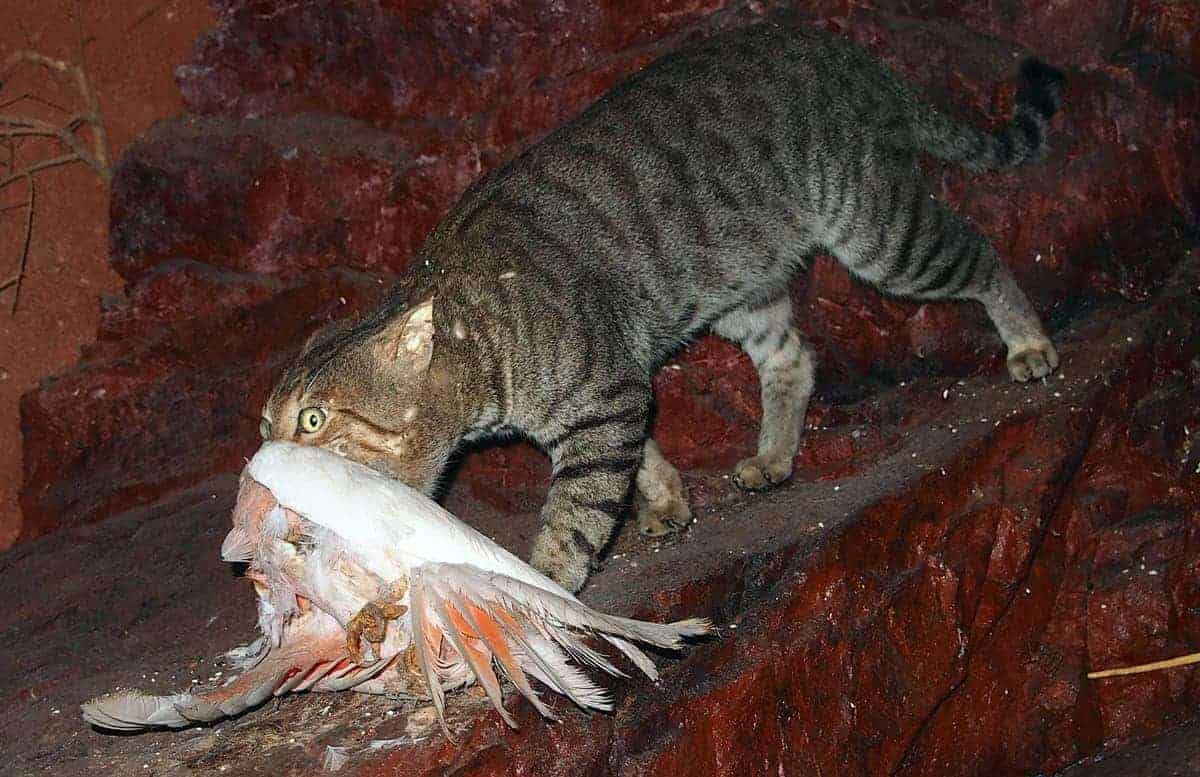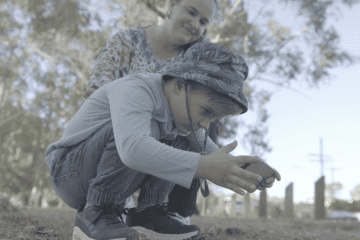The Invasive Species Council has welcomed the Queensland government’s $24 million injection to boost fire ant suppression.
This new funding will ramp up aerial treatments across large areas in south east Queensland over the next 2 years and includes 12 additional critical frontline contractors to slow the spread of these super pests.
‘This is important leadership and action from Premier Crisafulli and Agricultural Minister Perrett,’ Invasive Species Council Advocacy Manager Reece Pianta said.
‘They have understood that current levels of suppression funding have been woefully inadequate and are stepping up to protect Australia from fire ants.
‘This announcement matches directly with what we’ve been calling for and shows the new Queensland government is listening and has clearly prioritised the fire ant threat.
‘Now we need Prime Minister Albanese and Opposition Leader Peter Dutton to do their bit to save Australia from fire ants by matching Queensland’s $24 million funding boost.
‘Without matched federal funding, we do not have confidence that suppression efforts will be as effective and targeted as they need to be to stop fire ants from spreading into other states.
‘With over 50 Queenslanders ending up with serious fire ant stings since the cyclone and fire ant densities at record highs, it’s no surprise this is shaping up to be a major election issue in Queensland.
‘We are hearing from communities in key seats like Blair, Dickson and Ryan that they are watching closely to see which federal parties step up with increased funding.
‘If eradication fails, the cost of fighting back will fall squarely on everyday Australians. Families spraying harsher chemicals in their backyards, sporting clubs battling ants on ovals, councils forced to treat beaches and parks – just to keep these tiny killers at bay.
‘A $24 million boost to federal funding would complement the Queensland investment by providing free self-treatment kits to all residents in the suppression zone, supporting local councils with extra staffing to tackle infestations, and increasing communications engagement, compliance and enforcement.
‘In the lead-up to the federal election, we also need to see a full eradication commitment from both major parties. That means $378.56 million locked in to fund eradication from 2027 to 2031, beyond the current funding expiry date.
‘Fire ants aren’t just a financial burden – they’re a health and environmental nightmare. They’ll sting humans, pets, wildlife and livestock alike. In the United States, where eradication failed, people are stuck relying on harsh chemicals just to survive with these pests.
‘Australia still has a chance to stop fire ants – but only if governments act now. Long-term funding and immediate action will mean the difference between success and failure.’
Media inquiries: (02) 8006 5004
Fire ant images are available here.
Background:
- Fire ants can be lethal to humans, are expected to have a $2 billion per year impact on Australia’s economy if they get out of control, will devastate wildlife, cut agricultural output by up to 40% and may cause over one hundred thousand extra medical appointments each year.
- Fire ants can form rafts during flood events, stowaway in freight or soil or spread by Queen ant flights of around 5 km per year (and up to 30 km in favourable conditions).
- The National Red Imported Fire Ant Eradication Program strategic review estimated that at least $200 to $300 million per year will be required for ongoing eradication efforts to achieve eradication by 2032 – this compares to $94 million spent in 2022/23 and only $60 million committed for this financial year.
- Recently Australia’s governments committed to ongoing fire ant eradication but have not yet committed any new funding to fight fire ants in Australia. Fire ant eradication is being led by the Queensland government but is funded by all Australian governments because fire ants are a threat to the whole country.
- Fire ants came into Australia in the late 90s in freight from the United States, they were found in 2001. Fire ants are originally from South America.
- Fire ants have spread across most of the southern United States, and are spreading in China at a rate of about 80 km per year.
- Almost all of Australia is climatically suitable for fire ants.
- A comprehensive government study from 2021 found that between $200 and $300 million annually would be required over the next 10 years or Australia would face at least a $2 billion cost per year from fire ants forever. At the moment the planned funding is only half that amount.








